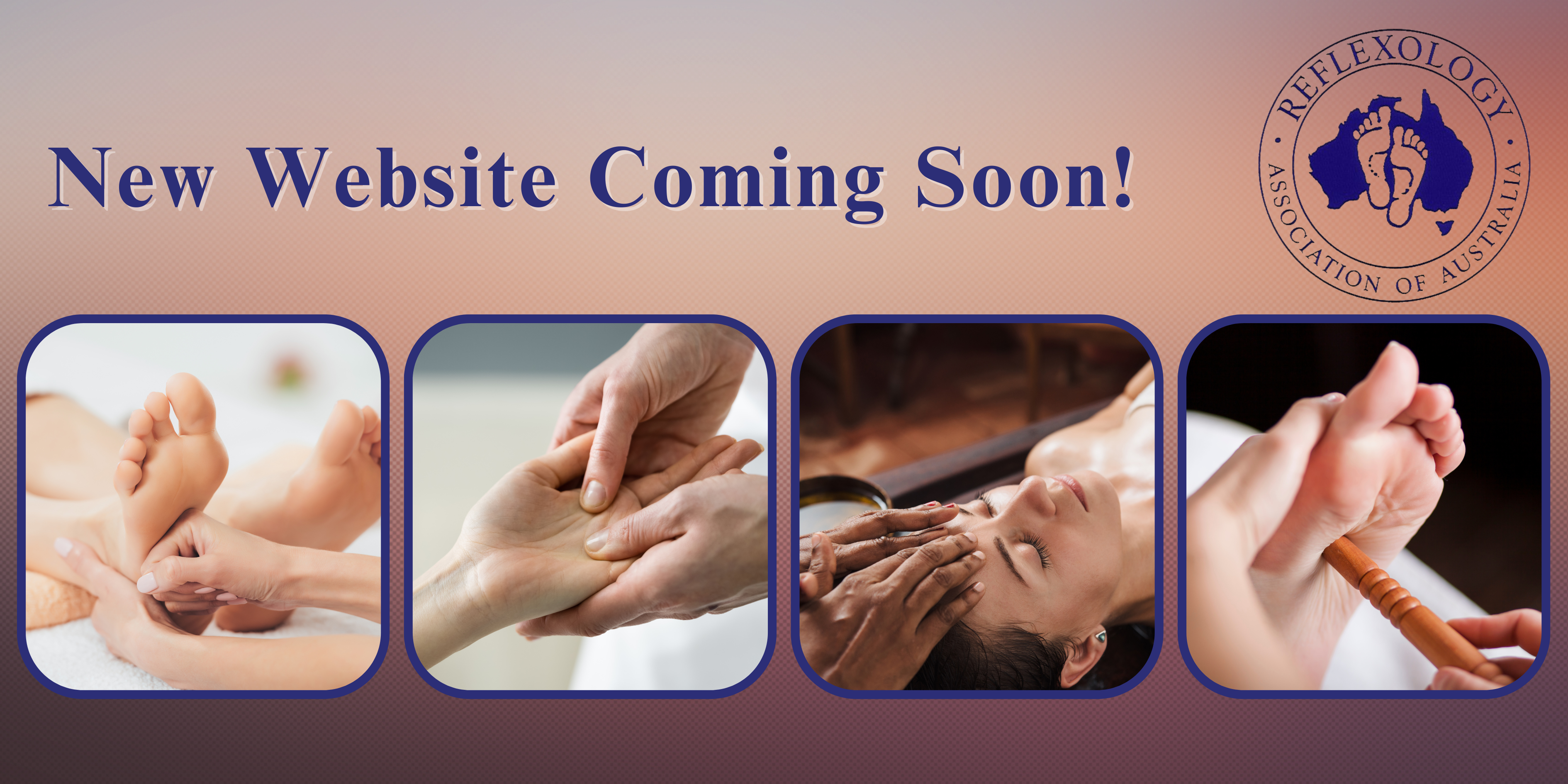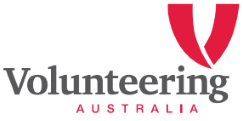Reflexology is used worldwide as a complementary therapy. Reflexology theory is that a reflexologist can apply specific, adjusted pressure and stimuli techniques to the individual’s reflex points in the hands, feet, head and ears. Applying pressure to these reflex areas may affect the organs and body systems and the touch sends energy flowing through the body bringing balance and deep relaxation which allows the body to heal.
| Differing Methods and Techniques |
With its rich history and ancient origins, it is no surprise that reflexology has emerged as a therapy with a wide range of methods and approaches. The East and the West have each developed their own quite different styles that are equally effective. New approaches and techniques are rapidly evolving as therapists around the world develop and share their experiences and clinical findings.
| The Rwo Shur Method |
In many parts of Asia including Taiwan, China and Singapore, the Rwo Shur method of reflexology is practised. A combination of thumb-sliding and pressure techniques incorporating the knuckles and sometimes small, wooden sticks is used. The pressure is very firm and the therapist uses cream allowing a fast, efficient, flowing motion. A session usually lasts about 30 minutes with the focus being on stimulation rather than relaxation.
The Rwo Shur method was developed in Taiwan by Father Joseph Eugster, a Swiss missionary. After experiencing the benefits of reflexology himself, he saw the potential to help millions of needy people with this simple therapy and began to treat and then train others in reflexology.
| The Ingham Method |
This method forms the basis for the way most reflexology is practised around the world today. It was pioneered and developed in America in the early 1930's by the late Eunice Ingham who is considered by most reflexologists to be the "Mother" of reflexology. With this method, pressure is applied by "thumbwalking" in which the thumb (or finger) bends and straightens whilst maintaining a constant pressure across the area of the foot being worked.
The reflexologist uses talc rather than cream and a session generally lasts about 60 minutes although this depends on the health of the client. The focus is on relaxation and balancing the body systems, and the therapist works within the pain tolerance level of the client. The session is always holistic - that is all reflexes are worked with some reflexes being emphasised a little more than others.
| New Approaches |
In the West in recent years, therapists have been exploring ways of influencing and balancing the subtle energies of the body through the feet and hands. Increasingly, acupressure points and concepts relating to energy therapies are being used within a reflexology session. Ancient Chinese philosophies are the basis of a number of new approaches where consideration of such principles as meridians, yin/yang and the Five Phases Theory is taking our concept of wholism a step further.
Magnets, special oils and colour in the form of a crystal torch, are sometimes applied to the reflexes. Many reflexologists will include gentle holds that link reflexes together to encourage and balance energy flow.
Hand and ear reflexology, although not new, are being used more widely now in addition to foot reflexology. Therapists may use foot, hand and ear reflexology in the one session, or select the reflex area they feel is most appropriate for the client.
In Australia, reflexologists are training in a wide variety of methods and techniques. This means that the therapist can provide a reflexology session uniquely suited to the specific needs of each client.
| Ayurvedic Reflexology |
Ayurvedic Reflexology is best described as a successful blend of Eastern and Western philosophies and techniques. It is based on the principles of Ayurveda. This is India's ancient, traditional and comprehensive medical system. Ayurvedic Reflexology offers therapists a new and exciting approach to foot and hand work. It was developed in Australia by Sharon Stathis, and is now routinely used in at least fifteen countries.
The focus for this approach is to help balance the subtle energy systems of the body by supporting the efficient flow of vital energy (prana). Prana flows within the body through micro energy channels called nadis (similar to the Chinese meridians). According to Ayurvedic teachings, the body (and mind) cannot remain healthy if the flow of prana is sluggish or interrupted.
Situated along the nadis are vital energy centres called marma points, which help maintain the optimal flow of prana. There are many marma points located on important nadis in each hand and foot. The whole body benefits from working these points in Ayurvedic Reflexology foot and hand sessions.
It is important that oil is used when working the marmas, as unnecessary friction can upset the delicate energy balance. Warmed sesame oil is the lubricant most commonly used in Ayurvedic Reflexology sessions. Cold pressed, organic, non-deodorised & non-bleached oil is best. The sesame oil provides lubrication for working the marma points, and is the perfect base for the brisk and flowing movements associated with this unique form of therapy.
An exciting addition to an Ayurvedic Reflexology session involves the use of a small, bronze kasa bowl from India. Traditionally, the bowl is oiled and then rubbed on the palms and/or soles to help balance the subtle energy systems. The kasa bowl work is usually applied to each hand or foot for 3-5 minutes during a session - and feels wonderful!
The Ayurvedic Reflexology techniques are kinder to the practitioner's hands than traditional Western 'thumb walking'. Over all, the application is vigorous, yet the effect is profoundly relaxing. During a session of Ayurvedic Reflexology, each hand or foot is worked in its entirety. The 'hands on' component of a session is usually 40-45 minutes - of sheer bliss!

